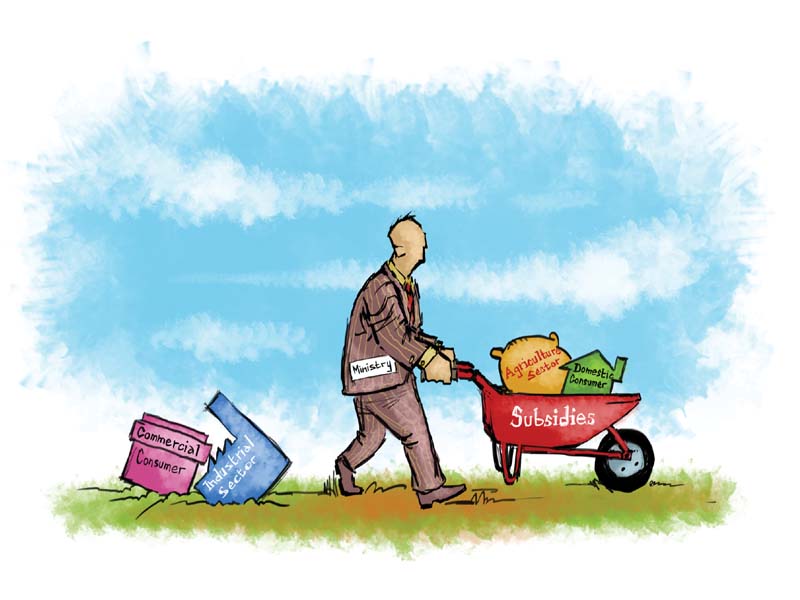
The Ministry of Water and Power is seeking to do away with electricity subsidy for commercial and industrial units in an effort to cover growing cost of power generation due to poor energy mix and make regular payments to oil and gas suppliers, who are threatening to cut their supplies.
To support its case, the ministry argues that subsidy for the textile industry should be abolished as it has a parallel system of captive power plants (CPPs) that generate cheaper power through gas, officials say. This means the industry not only enjoys electricity subsidy, but also receives gas for CPPs at a cheaper rate.
The ministry only wants to continue providing subsidy for household consumers and the agricultural sector.
In the energy mix, the country mainly depends on thermal power plants that consume expensive furnace oil and diesel, causing an increase in the cost of electricity production.
At present, average tariff notified by the National Electric Power Regulatory Authority (Nepra) is Rs11.90 per unit compared to average tariff of Rs8.88 per unit charged by the government. Average tariff subsidy for power consumers stands at Rs3.02 per unit.
According to tariff breakdown, average tariff set by the regulator for domestic consumers is Rs11.47 per unit, for commercial consumers Rs16.83 per unit, industrial (simple) consumers Rs11.61 per unit, industrial (one-point supply) consumers Rs12.30 per unit and agricultural consumers Rs11.71 per unit.
In comparison, the government is charging Rs7.49 per unit from domestic consumers, Rs14.35 per unit from commercial users, Rs9.72 per unit from industrial (simple) users, Rs10.42 per unit from industrial (one-point supply) users and Rs8.64 per unit from agricultural consumers.
In this way, the domestic consumers are getting a subsidy of Rs3.97 per unit, commercial users Rs2.48 per unit, industrial (simple) consumers Rs1.89 per unit, industrial (one-point supply) consumers Rs1.88 per unit and agricultural sector Rs3.07 per unit.
According to officials, the share of hydroelectric power stood at 52% in energy mix in 1985, but dropped to 32% in 2011. On the contrary, the share of power generation through furnace oil rose to 41% compared to 14% earlier. Gas-based power accounted for 25% of power generation compared to 32% in 1985 because of diversion of gas to captive power plants, which the industrial units installed to meet their demand in the wake of electricity outages.
Sources said the textile industry was getting electricity for running two shifts, but a delegation of the industry in a recent meeting with President Asif Ali Zardari asked for power supply for three shifts.
These days, the country is facing power shortage of 5,000 megawatts following a sharp decline in hydroelectric power generation because of closure of canals for de-silting.
“Conditions will improve in the next 10 days after the Indus River System Authority (Irsa) enhances water releases from reservoirs,” an official said.
Published in The Express Tribune, January 11th, 2013.
Like Business on Facebook to stay informed and join in the conversation.
COMMENTS (1)
Comments are moderated and generally will be posted if they are on-topic and not abusive.
For more information, please see our Comments FAQ













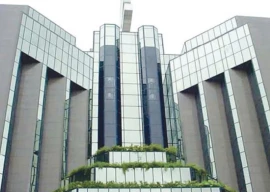




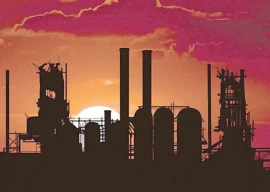
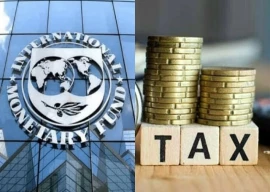

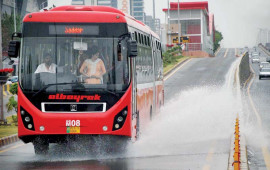
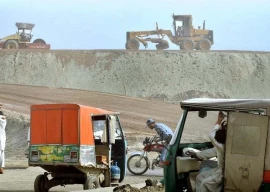

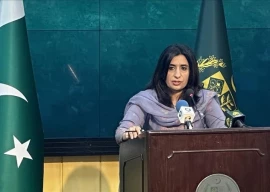





In the past bulk power supply was initiated, which made the utility bill to the franchise owner who is a resident/consumer of the area will pay by virtue of a bank guarantee. The franchise owner may be the respected person of the area will assure no load management, as long as the areas are paying their bills. Collection of the bills billed and prevent theft will be their responsibility. I suggest that should be tried once.